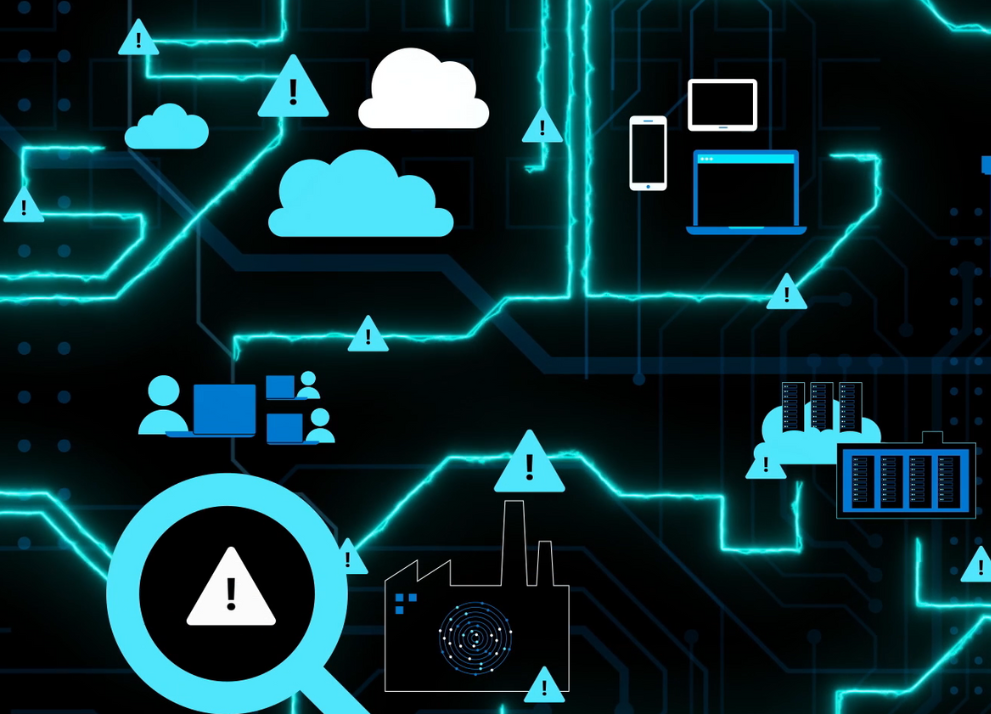What should a SIEM and SOAR security analytics service include?

If you are thinking of hiring a SIEM and SOAR security analytics service to implement in your organization, we are going to share in this article some key points that we must take into account and that cannot be missing in these solutions.
Until a few years ago the traditional SIEM were intended to monitor normally On Premise environments, network environments or network devices, however with the massive adoption of cloud services by all companies, traditional SIEM solutions were not able to handle so much volume of data and information so they needed to evolve to an environment in which they were allowed to manage it in an automated way, and this is where security analytics services become even more important, if possible, as a result of this adoption to the cloud, but to understand us let's see a brief description of it.
What is a security analytics service?
In short, we can say that a security analytics service aims to evaluate the security of information in organizations, to detect and respond to threats by providing the most advanced solutions to prevent them and ensure their protection.
It is generally a managed service through teams of security experts who 24x7 analyze, administer, manage and establish guidelines for the treatment of all events that affect or may affect the security of corporate information in search of anomalies.
And at this point, it is where the terms SIEM and SOAR begin to take on much more relevance, referring to the recording of data and events for the detection of anomalies, but what exactly are?
What is a SIEM?
A SIEM or (Security Information and Event Management) is a system that allows to control the IT perimeter security of a company, providing an integral vision in the detection and response to any internal or external security event.
What is a SOAR?
A SOAR (Security Orchestration Automation and Response) is a security operations and reporting platform that uses data extracted from different sources to provide management, analysis and reporting capabilities in support of analytical teams in a SOC.
What should a SIEM system have?
As we mentioned previously, the massive adoption of cloud services a few years ago meant an important leap in the incorporation of technologies according to the environment of most organizations, so let's see some points that cannot be missing in a SIEM:
1) Make it Cloud Native. Organizations can take advantage of all the benefits of cloud computing, no infrastructure is necessary, machine learning, artificial intelligence and automation can be applied for the analysis of all the information with which to have a much greater understanding than traditional systems.
2) Full XDR. It can not only stay in the detection and response of the endpoint, but must cover the protection of identities, emails, applications, containers, etc... webs in addition to being able to monitor other clouds and include to these analytical tools other sources such as Firewalls or VPNS...
3) Include the information life cycle. It must include SOAR capabilities with automation of other data sources, behavioral analytics (UEBA) and be able to incorporate various sources of intelligence for the enrichment of analytics.
4) It must include a MITRE integration framework. In this way it will be possible to know what techniques are used by the adversaries and thus know the coverage we can have for certain practices.
5) That the cost is per ingestion. When comparing between several SIEMs on the market, you should of course perform an exhaustive analysis to know what features each one offers, however many include a cost associated with automation, maintenance, physical infrastructure costs, incorporation of UEBA services, integration of other sources ... etc. However, the interesting point is to find a solution that includes all of the above at no additional cost.
6) That reduces the response time to incidents. Compared to traditional systems, the choice of a cloud SIEM can analyze billions of insights much faster and reduce the load on your teams assigned to this task.
Do you know Azure Sentinel?
Azure Sentinel was the first cloud-native SIEM and today is one of the highest rated systems on the market incorporating automation capabilities, artificial intelligence and integration of millions of multiple data sources, including users, applications, servers and devices running on-premises and in the cloud to provide a threat detection and response solution.
Would you like to see a live SIEM Demo?
In Intelequia we have a team of ICT security experts who will be happy to show you first hand the scope that can provide a SIEM solution to your organization, so if you are interested do not hesitate to write us a contact form and we will contact you to show you all the advantages of Azure Sentinel.